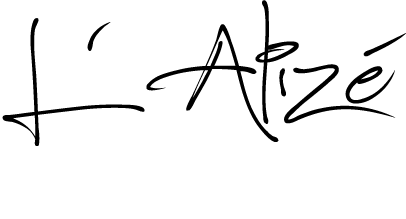As more people become concerned about climate change, environmental degradation and human impact on the environment, searching for ways to help make an ecological difference has become much more common. One of the major indicators that the world is having ecological issues is the threat to the world’s two largest coral reef systems. Both the Great Barrier Reef off the coast of Australia and the Mesoamerican Barrier Reef in the Caribbean Sea are ever increasingly in danger of collapse. Water pollution and overfishing have put these reef systems under great pressure. However, here in Roatan, there are efforts in place to help try and reverse the decline of these incredibly important ecological features. Understanding Roatan’s coral reef restoration project can help amplify awareness of the problem and recruit more people to try and reverse the damage that’s already been done.
The Challenges Of The Mesoamerican Barrier Reef
The Mesoamerican Barrier Reef runs over 600 miles from Mexico down to the Honduran Bay Islands – which include Roatan. It has taken thousands of years for a coral reef of this size to grow. The reef supports all kinds of marine life by providing food, shelter and spawning grounds. Reefs also protect the shoreline from destruction by the power of ocean waves. The disintegration of the world’s reef systems would result in a massive loss of marine life, erosion of shorelines, reduced amounts of oxygen in the atmosphere, the devastation of coastal fishing industries and decreased levels of tourism due to the effects on beaches and the diving and recreational fishing industries.
Stony Coral Tissue Loss Disease
The Mesoamerican Barrier Reef has been especially hit hard with what’s known as stony coral tissue loss disease. The disease is characterized by the destruction of the soft tissues of several species of reef-building coral which leads to their rapid death. It’s been identified as the most lethal coral disease ever encountered.
The Roatan Marine Park Coral Reef Restoration Program
In Roatan, there’s been a concerted effort to reverse the loss of these important harbingers of the environment. The Coral Reef Restoration Program is a project that’s been spearheaded by the Roatan Marine Park and is supported by various entities including the MAR Fund, several different dive shops, other organizations and numerous personal efforts. The program was put together to improve the health of Roatan’s marine ecosystems through two main initiatives: helping rebuild and regrow reef systems using coral nurseries and providing a diving certification course specifically tailored towards divers interested in participating in the program.
Coral Nurseries
Coral nurseries are set up to help fast-growing coral species to preserve genetic diversity by providing them with tree-like structures to grow on. Small pieces of Elkhorn, Staghorn and other corals are hung off the branches of the metal tree-like structures for about nine months until they are large enough to be replanted into the reef system. The outplanted coral is then monitored to help evaluate the effectiveness of the coral nurseries.
Roatan Marine Park Coral Restoration Certification Course
This diving course helps divers and dive shops interested in helping maintain and grow healthy coral reefs with a certification program that provides the knowledge required to work with and monitor coral nurseries and outplanting efforts. The course combines a classroom session with two dives that concentrate on the mechanics of cleaning, seeding and maintaining coral trees as well as outplanting viable cuttings. Certified divers are authorized to help with coral restoration efforts in Roatan.
Other Ways To Help
For those who don’t have the time or ability to take part in the dive courses or direct coral nursery maintenance, the Roatan Marine Park graciously accepts donations that are used to fund the creation of more coral trees, larger planting areas and other coral conservation efforts.

